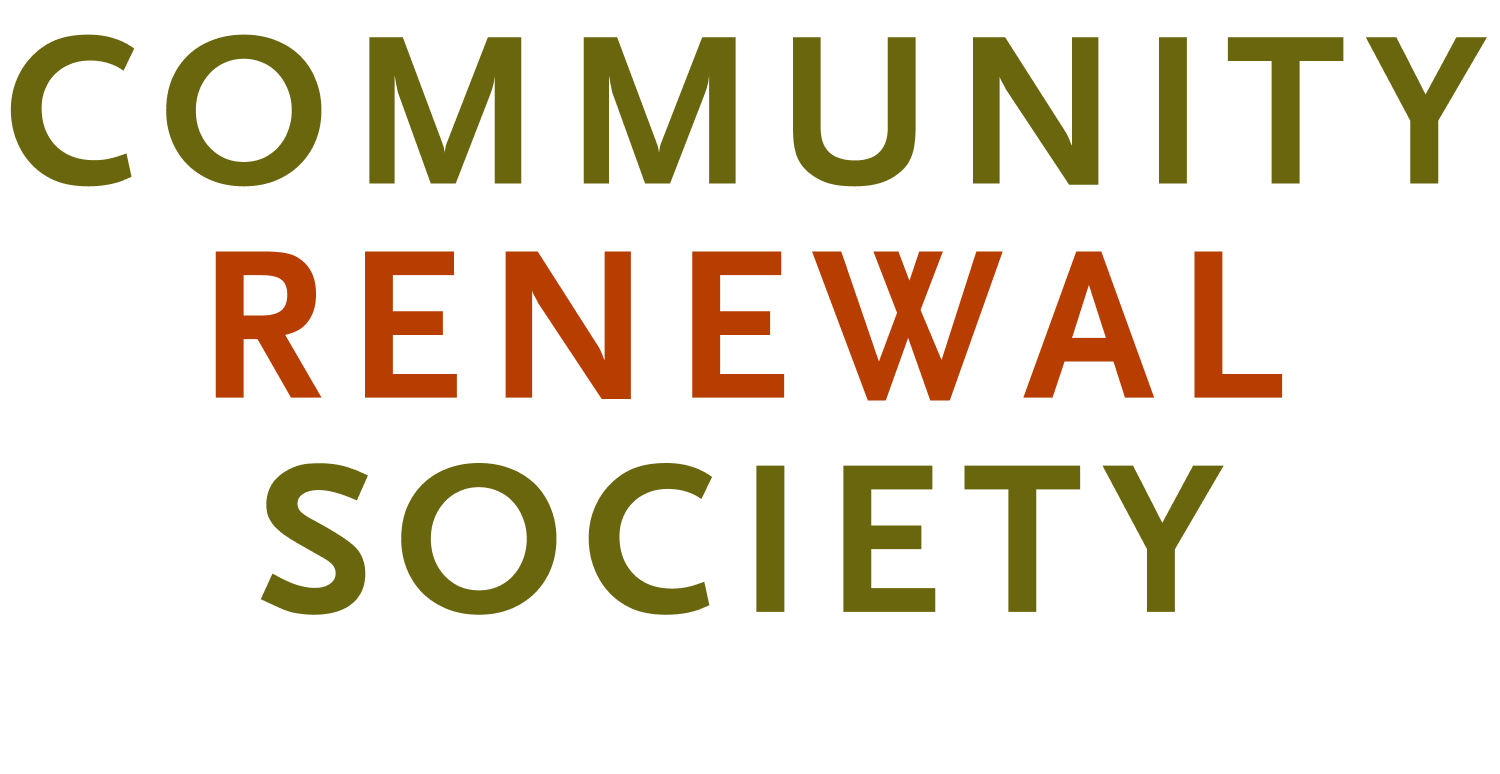Lift EVERY Voice
“How beautiful on the mountains are the feet of those who bring good news, who proclaim peace, who bring good tidings, who proclaim salvation, who say to Zion, “Your God reigns!” Listen! Your watchmen (and women) lift up their voices; together they shout for joy”
Isaiah 52:7-9 (NIV)
In 1939, sculptor Augusta Savage received a commission from the New York World’s Fair to create a piece she titled "Lift Every Voice and Sing." Inspired by the same-titled song written by James Weldon Johnson and set to music by John Rosamond Johnson, this impressive 16-foot-tall plaster sculpture was highly regarded and replicated with small metal souvenir copies and postcards produced for sale.
The 241 words of the song came alive in Savage’s masterwork. Her piece reinterpreted the likeness of a harp into a visage of 12 singing African-American youth of graduated heights as its strings, with the instrument's sounding board transformed into the arm and hand of God. In the front, a kneeling young man offered music in his hands, representing the foot pedal.
Sadly, after the conclusion of the Fair no funds were available for Savage to permanently cast The Harp, nor were there any facilities to store it. The sculpture was demolished and if not for the photographic archives, its memory, like so many other symbols and icons of Black-American history, would be lost to time.
Viewing the statue, you cannot help but be awestruck by the incredible creativity, sheer effort, and numerous challenges Savage overcame to create this art piece. I offer for consideration that the very charge to "lift every voice and sing" is rife with those very same notions.
Proximity (the bodies are disturbingly close)
There is a sentiment among many Black Americans of my generation that while embracing the needs of other races and ethnicities we dilute the focus on the struggle and history of Black Americans. I struggle with this very reality in my own ministry life. In honesty, the great American “melting pot” metaphor scares me. I don’t want my culture, history, and past melted away into a broth with no flavor or integrity. Maybe others feel the same way too.
However, I also embrace the belief that when I come together with my brothers, sisters, and siblings of different races, ethnicities, gender identities, languages and all of the other categories that find ways to divide us, that I can still maintain the integrity of my history and my pain. It can be a challenge. However, if we cannot unite in spite of our differences, all of us will be impacted by a small few in our country and our world, who have power, money, energy, and time, to make life hell for the greater majority.
At one point in my educational endeavors, both my Divinity School and Social Service studies centered on a conversation about proximal (close to, in proximity of) and distal (distant, separated) relationships. We must honor proximal relationships and risk coming "disturbingly close," in proximity to each other, to work together for change. Christ's incarnation is fundamentally a proximal relationship, and so to must our relationships exist for each other. We must risk coming disturbingly close to each other. However, know that when we come close, there will be tension.
Pain/Tension
The harp produces sound when its strings are plucked, causing them to vibrate and move air through space. The strings are attached to a soundboard, which also vibrates and moves air, resulting in sound waves both audible and inaudible. To produce the vibrations that create sound, the harp strings must be tensioned to the soundboard and neck. The tension is rarely static, and when the musician adjusts the tuning pegs, will assuredly increase.
For the harp, there is a constant series of plucking and tension building. In the life of faith advocates coming together in proximal relationships for justice work, there will also be tension. Our values, philosophies, and theologies will be plucked. Our opinions and beliefs may even be in tension with those of others. And in the end, just like the harp, there will be vibrations, sounds, cries, and effects both loud and unheard. While I don't seek to offer a simple answer, I do suggest we recognize, that when we get close, we inherently risk tension ... and that is OK. Let us acknowledge the tension, honor it even, but do not let it prevent us from projecting a heavenly sound.
Black history is the history of a people forced from their homeland, systematically and calculatedly cut off from their culture, their identity, and their homeland. It is the history of a people who have suffered in the past and present from generational and historical trauma. It is the history of a people who have struggled and continue to struggle to be seen as equal at best, and, minimally, as a non-threat. Black history is the history of a people who survived the tension and pain of forced proximity in the most inhumane of travel conditions on ships through the middle passage, to the equally inhumane tension and pain of living in an American post-slavery relationship with their oppressors.
But it is also the history of a people who have found a way to find liberation, opportunity, breakthrough, and even joy at times, through it all. Our history is an eternal reminder that when God’s people come together, in proximity, with all of their tension and pain, and lift up their voices to shout and sing there can be a projection of God’s power, might, joy, and possibility. There is no doubt then that “when we lift every voice and sing ... earth and heaven will ring with the harmony of God’s liberty.”

